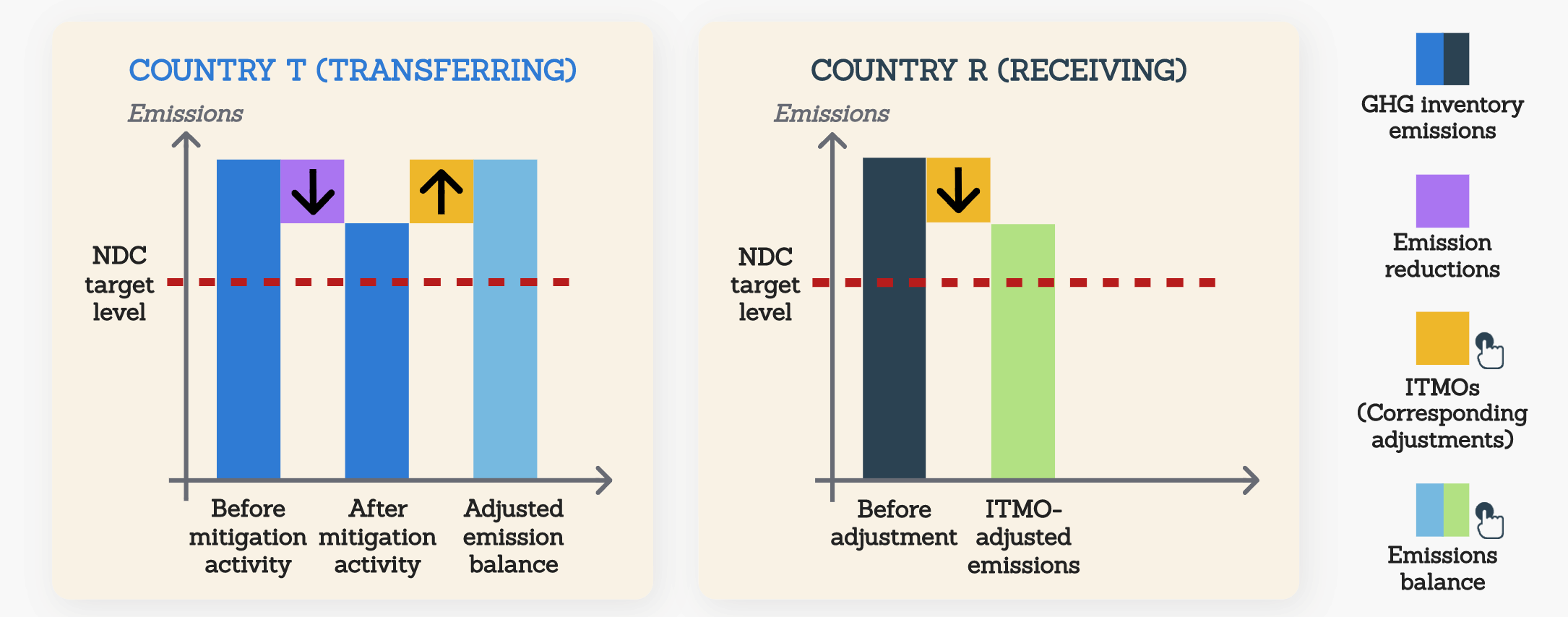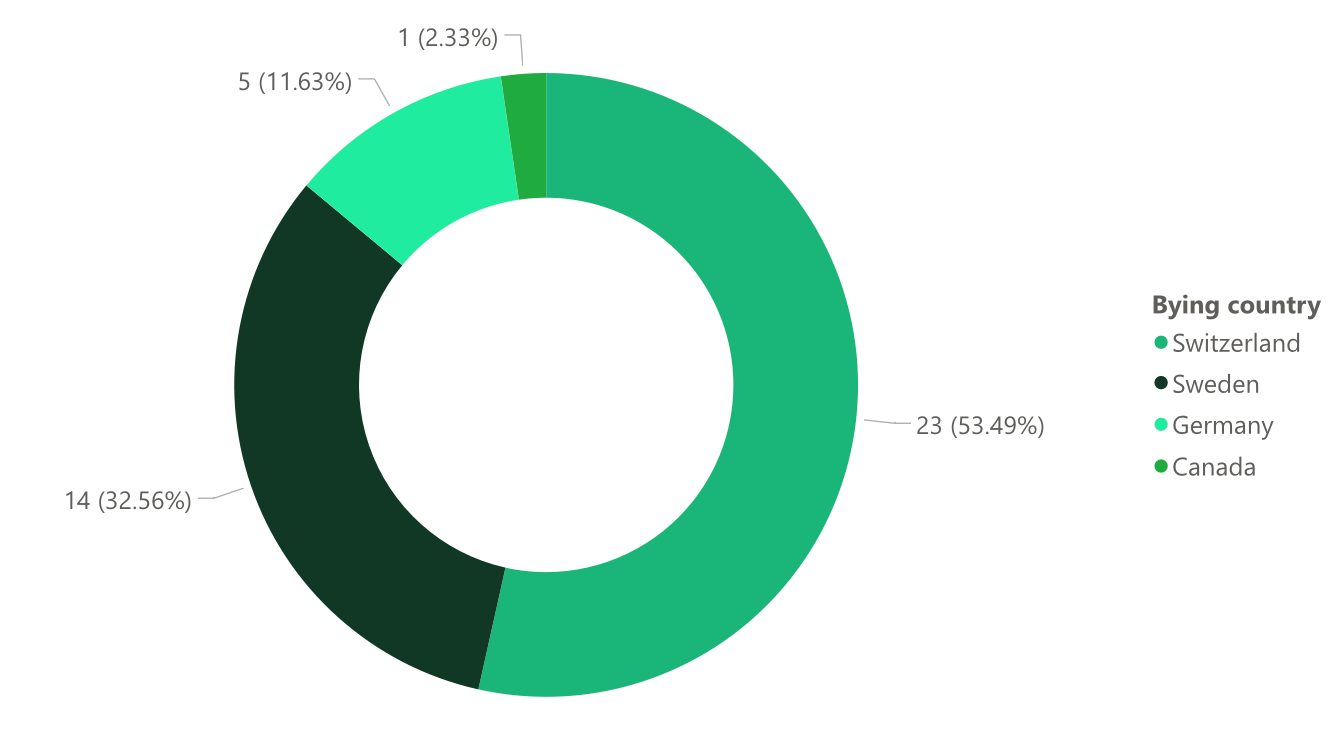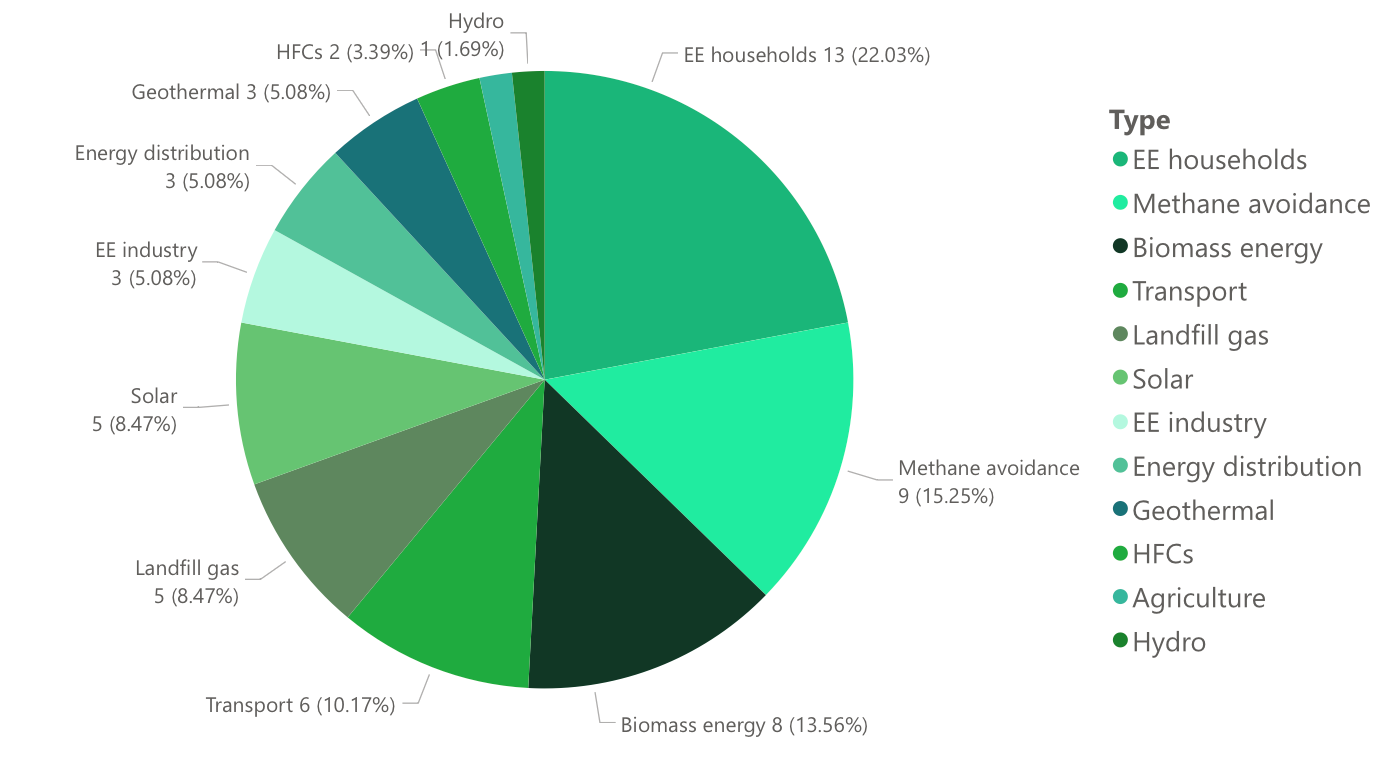Article 6 has been in Discussions for many years now, but 2023 is a crucial year in determining its wider role as it has been a topic of discussion in the recent carbon forward event held in Singapore and is to be discussed in COP28 later this year. The Key highlights from the recent Carbon Forward event on Article 6 was that Asian economies are willing to accelerate Article 6 carbon trading but need capacity buildling. In this version of Carbon Quantified, we take a deep dive into Article 6 readiness of the developed and developed countries.
What exactly is Article 6?
Article 6 of the Paris Agreement (PA) allows parties to cooperate using voluntary market-based and non-market-based approaches in order to implement their nationally determined contributions (NDCs). The PA defines two market-based approaches: Article 6.2 enables trading of “internationally transferred mitigation outcomes” (ITMOs) between two or more parties. Article 6.4 establishes a central crediting mechanism that will enable “Article 6, paragraph 4, emission reductions” (A6.4ERs) to be generated and traded. Additionally, Art 6.2 activities aim for a higher level of ambition, i.e. activities are additional to existing NDCs commitments.
The below table illustrates the same:

Corresponding Adjustments
Corresponding adjustments represent a key feature of Article 6.2 operation and are the basis for preserving environmental integrity in transfers between two participating Parties engaged in cooperation.
The following chart explains how it works:

Figure 1: Corresponding Adjustments
Country T (transferring country) and Country R (receiving country) decide to help each other achieve and increase the ambition outlined in their respective NDCs. Country R finances mitigation programs and projects in Country T. These activities exceed what Country T has planned for implementing its NDC, thus Country R can use them to increase its level of ambition. Such transfer of ITMOs can only happen if mitigation is 2021 onwards, any ERs pre-2021 are not eligible for ITMOs.
Why Countries should Participate?
- National Budget Revenues: Government can retain a part of the revenue via regulations that require SOPs (Share of Proceeds)
- Support in countries NDCs: Revenues can be reinvested in Mitigation actions thus contributing to NDCs, this can be achieved by retaining a share of ITMOs.
- Leverage Technology: A transferring country may be interested in participating in cooperative approaches to leverage high-class technology and abate emissions in hard-to-abate sectors.
- Mitigations activities result in Sustainable Development and numerous co-benefits such as Less air pollution, Employment, Knowledge transfer, climate awareness, and Energy saving.
Participating Countries
Countries seeking to participate in Art. 6.2 should then define which activities can be part of cooperative approaches and how to prioritize them, which sector will be targeted, and which activities are preferable in those sectors with long and medium term objectives.
Charts below talks about existing activities happening in Article 6.2 and kind of projects which are being undertaken.
Switzerland has the highest number of projects ongoing (23 projects) under the Article 6.2 mechanism with various countries; most of the projects are implemented by The Klik Foundation which is a procurement program for International Carbon Offsets. Switzerland through Klik Foundations has Voluntarily Collaborated with countries like Georgia, Ghana, Malawi, Morocco, Senegal, Peru, Thailand, and Uruguay. Countries seeking to participate in Art. 6.2 should then define which activities can be part of cooperative approaches and how to prioritize them. Sweden has 14 and Germany has 5 active projects with some of the countries Africa and Asia.

Figure 1: Buying Countries; Source: Calculus IQ
Article 6 promotes voluntary cooperation among countries to increase ambition and achieve their NDCs. Article 6.2 does not dictate what form of cooperation. Parties (countries) can determine the form of cooperation and the mitigation activities that are eligible to be part of a cooperative agreement within the frame of Art. 6.2 guidance.
Countries seeking to participate in Art. 6.2 should then define which activities can be part of cooperative approaches and how to prioritize them. Some of the ongoing activities that are being undertaken are described in the chart below.

Figure 2: Count of project types; Source: Calculus IQ
Conclusion:
Art. 6.2 activities are not regulated in detail, i.e., these can be projects, programs, sectoral approaches, policy-based interventions, or even link the emissions trading schemes of two jurisdictions. The definition of internationally transferred mitigation outcomes (ITMOs) is also open. However, ITMOs must be real, verified, additional, and generated from emission reduction or emission removal activities.
The key challenge that needs to be solved and a matter of discussion in the upcoming COP is the implementation of this framework which requires capacity development for the public and the private sectors to incentivize participation alongside solving operational issues such as the decision to enter into cooperative approaches under Article 6.2 considering how to finance the same and ensure to build capacity overtime that’s sustainable.
If you are interested in learning more about the voluntary carbon market, we invite you to interact with Calculus IQ. This tool can help you explore different aspects of the market, including project types, retirement volumes, and more.
![[object Object]](/lib_ubcXiSgTRmkLVyyT/k8w528b9mk1p20to.png?w=400)
